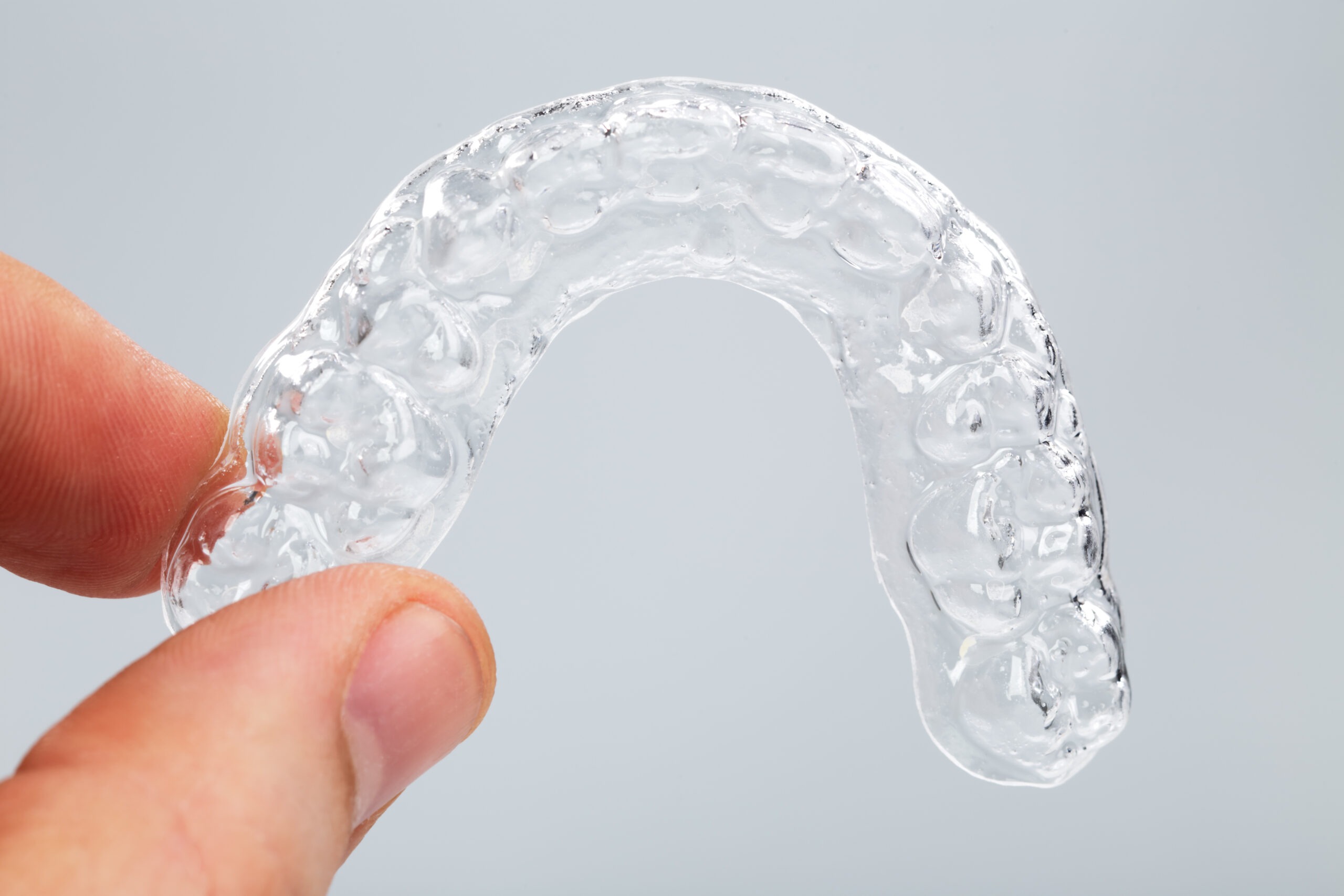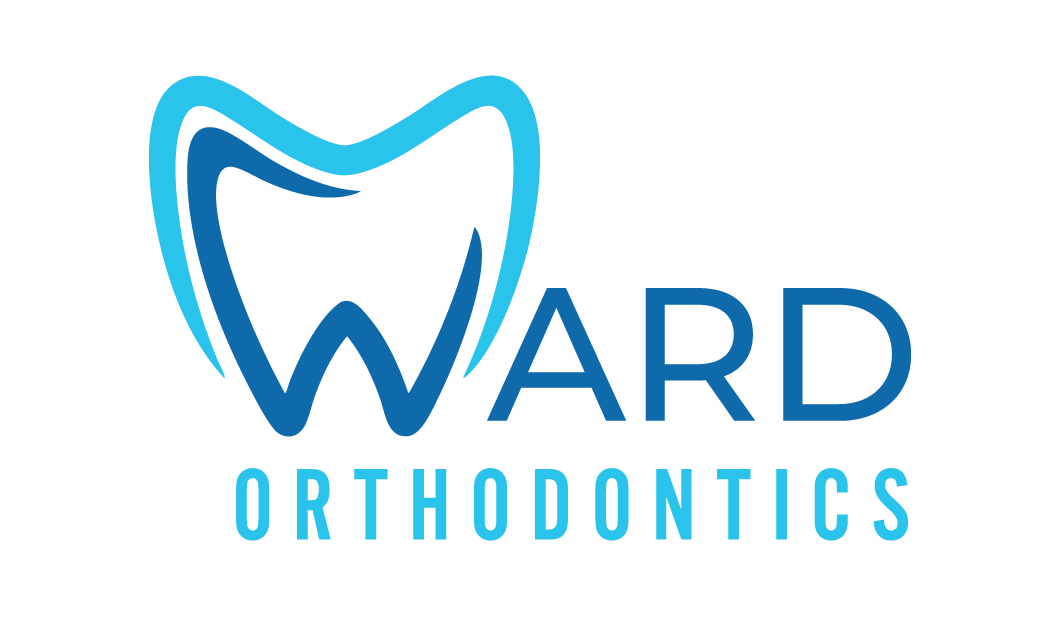Braces & Clear Aligners in Irving
Smile Solutions Made for You
At Ward Orthodontics in Irving, we believe your treatment should fit your life, not the other way around. Dr. Nick Ward offers modern braces and clear aligners to make your smile journey more comfortable, efficient, and personalized.

Retainers
These clear trays are easy to use before bed, simple to clean, and should always be stored safely in their case and away from heat or pets. About six to eight weeks after treatment, we will invite you back to confirm your retainers fit well and your smile is staying on track.
For extra stability, Dr. Ward may recommend fixed retention. A slim wire is bonded behind the lower front teeth and, when needed, behind the upper front teeth to keep them from shifting. Because the wire sits on the back side of your teeth, it works around the clock without affecting how you speak or smile.
Whether you rely on removable trays, fixed wires, or a combination of both, consistent wear and proper care are essential. Clean your retainers daily, bring them to each check-up, and follow our guidelines closely. With a little nightly effort, you will protect the investment you made in orthodontic treatment and enjoy a straight, confident smile for years to come.
3D printed rapid palatal expanders
At Ward Orthodontics, we create lightweight 3D-printed palatal expanders that give children a head start on a healthy smile. Each custom device is printed to match your child’s exact anatomy, gently widening the upper jaw to make room for adult teeth, balancing the bite, and improving airway flow.
Because 3D printing delivers a precise fit, these expanders feel more comfortable, stay cleaner, and require fewer adjustment visits than traditional metal versions. Early intervention with a palatal expander can help prevent future crowding, lower the chance of extractions, and set the stage for confident, worry-free smiles.
Orthognathic (Jaw) Surgery
If you've been told you need jaw surgery to correct a severe bite issue, we're here to help you every step of the way.
At Ward Orthodontics, Dr. Ward works closely with oral surgeons to prepare your teeth for surgery and fine-tune your bite afterward so your smile looks great and functions even better.
What Is Surgical Orthodontics?
Surgical orthodontics, also called orthognathic surgery, is used to correct major jaw position, size, or symmetry issues. These problems can affect how you speak, chew, sleep, and smile—and often can't be fixed with braces alone.
Before surgery, Dr. Ward will align your teeth to fit properly once the jaws are in the right position.
After surgery, he'll make any necessary refinements to your bite using braces or clear aligners. It's a collaborative process designed to give you the best long-term results.
Why Orthodontics Matters
Orthodontic treatment plays a huge role in making jaw surgery successful.
If the teeth aren't positioned properly before surgery, your bite may not come together correctly after healing. That's where Dr. Ward comes in—he helps ensure that everything is lined up before and after surgery.
By teaming up with your oral surgeon, we make sure your bite feels natural, and your teeth function the way they should.

TMJ Treatment in Irving
Orthodontic Care For Jaw Pain
If your jaw clicks, locks, or feels sore often, it could be a sign of TMD (temporomandibular joint disorder).
What Is TMD/TMJD?
Your temporomandibular joints (TMJs) are the small but mighty hinges that connect your jaw to your skull.
When they stop working like they should, it can lead to popping sounds, jaw pain, headaches, and trouble chewing. This condition is known as TMD.
Orthodontic issues like misaligned teeth or an uneven bite can worsen by putting pressure on your jaw joints. Correcting your bite with braces or clear aligners isn't just good for your smile. It can also support a healthier, more comfortable jaw.
How Orthodontics Can Help
Dr. Ward can help reduce the strain on your TMJs by gently moving your teeth into better alignment. That means less clenching, fewer headaches, and a more relaxed jaw.
We'll closely examine how your teeth come together and design a treatment plan that eases tension where it starts. Over time, that can lead to relief without surgery or invasive procedures.
 972-257-3200
972-257-3200
Free Consult
972-257-3200
972-257-3200
Free Consult